



The UWP Chart control is optimized to visualize large quantities of data in an elegant way. Its rich feature set includes functionalities like data binding, multiple axes, legends, animations, data labels, annotations, trackballs, tooltips, gradient, technical indicators, and zooming.
Chart includes several data storage and rendering optimizations to achieve the best possible performance when both plotting large volumes of data and handling high frequency real-time data.
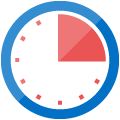
100,000 data points can be rendered in less than a second.
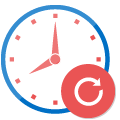
Chart can seamlessly handle quick updates while maintaining excellent refresh rates.

This control provides a smooth and responsive zooming experience on both touch and mouse-enabled interfaces.
Chart includes functionality for plotting more than 45 chart types. Each chart type is easily configurable with built-in support for creating stunning visual effects.
Several specialized axis types are available for plotting different value types like double, string, and date-time.
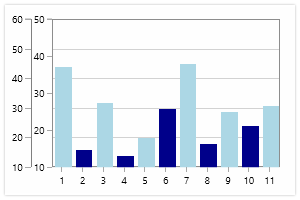
Charts can be customized with multiple axes.
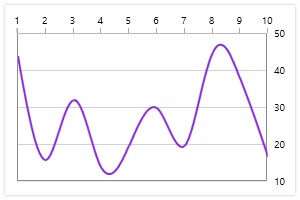
Chart supports opposed axes being rendered on the side opposite to the default position.

Support for inverting values in an axis.

There is support to add multiple panes to a chart.
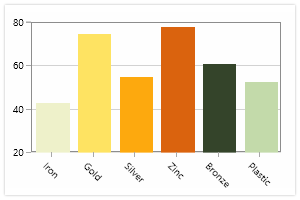
Chart provides many customization options for axis labels, including positioning, placement, label format, and rotation. It also has options for avoiding labels overlapping.
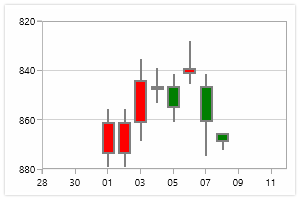
The best possible axis ranges and intervals are calculated automatically based on the given values. The ranges can also be further customized using range padding.
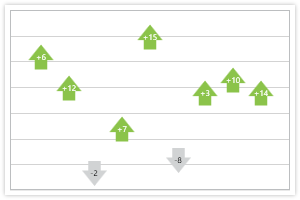
Series templates can be customized.

Series combinations can plot different chart types in the same plot area.
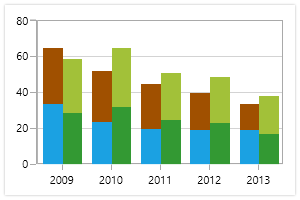
Stacking series can be grouped to a single unit.
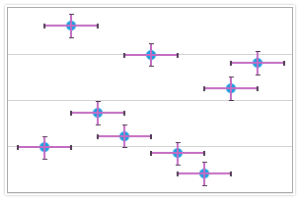
Error bars are used to plot possible errors or uncertainty in data points.
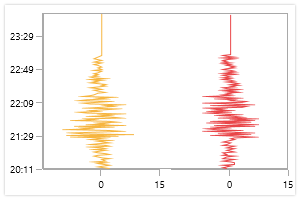
Axis direction can be mirrored for applications where it is required that the series be plotted vertically.
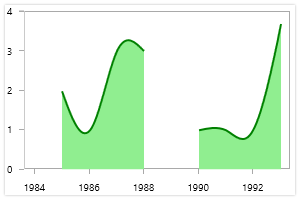
Empty point values are elegantly handled with several customization options.
An axis scale break allows users to view different ranges in the same chart area without having a huge space in the plot area.

Data points can be easily annotated with labels to help improve the readability of data.
Pie and doughnut data labels are smartly arranged to avoid intersection when there are large amounts of data.
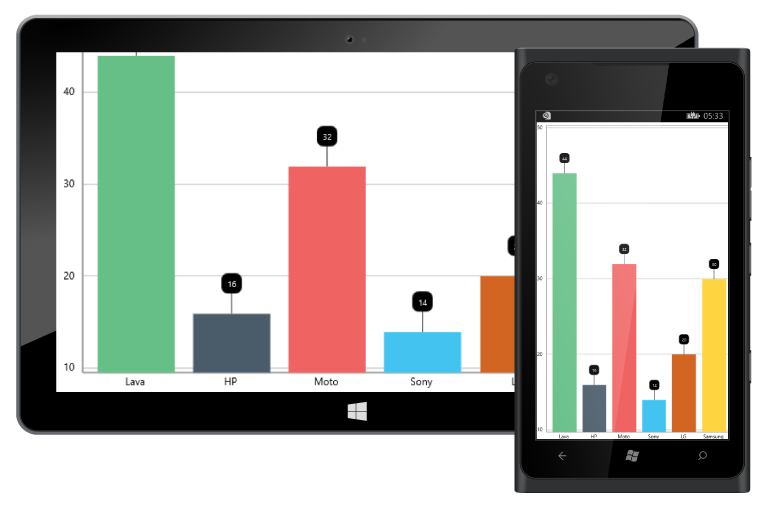
Legends provide additional information that is helpful in identifying individual series in a chart. They can be docked to the left, right, top, or bottom positions around the chart area.
Multiple legends can also be added to chart panes.

The end user experience is greatly enhanced by a set of included user interaction features, such as trackball, selection, zooming, and tooltip.
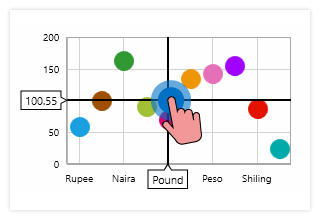
A crosshair is used to inspect or focus on an individual data point.
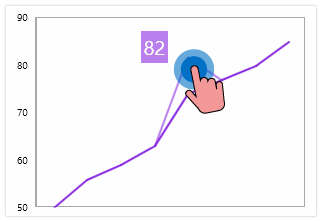
Chart lets users edit data points visually.
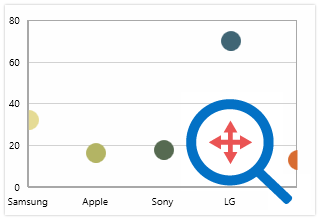
Zooming and panning are useful when visualizing a large amount of data.
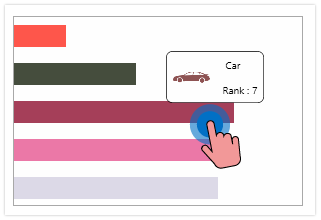
Tooltip displays a pop-up with additional information when the mouse is hovered over a data point.
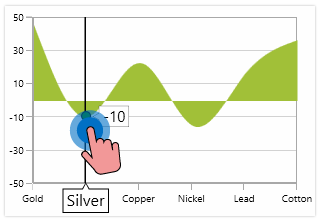
Trackball is used to track a data point closest to the current mouse position or touch contact point.
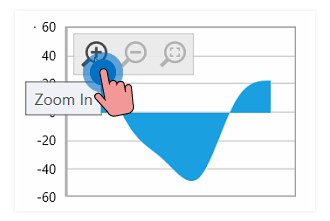
The zooming toolbar contains buttons for performing actions like zooming in and out, reset, pan, etc.
End users can interactively select or highlight a series or a data point.
There is also built-in support for performing multiple selection.

Annotations display metadata about the chart or series at a specific point of interest in the plotting area.
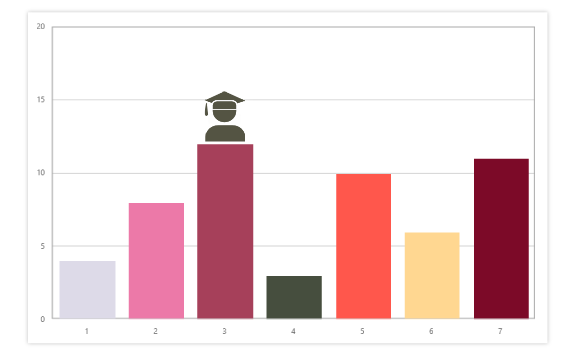
Images can be added as annotations.

All the basic annotation elements like lines, text, and arrows are available.

Text can be edited interactively.
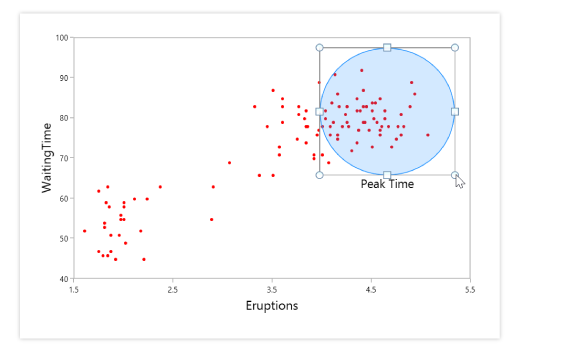
Annotations can be resized and dragged across the plot area.
Specific regions in the chart area can be customized using strip lines.
There’s built-in support for RSI, momentum, Bollinger band, accumulation distribution, RSI, true average, stochastic, MACD, and triangular average indicators.
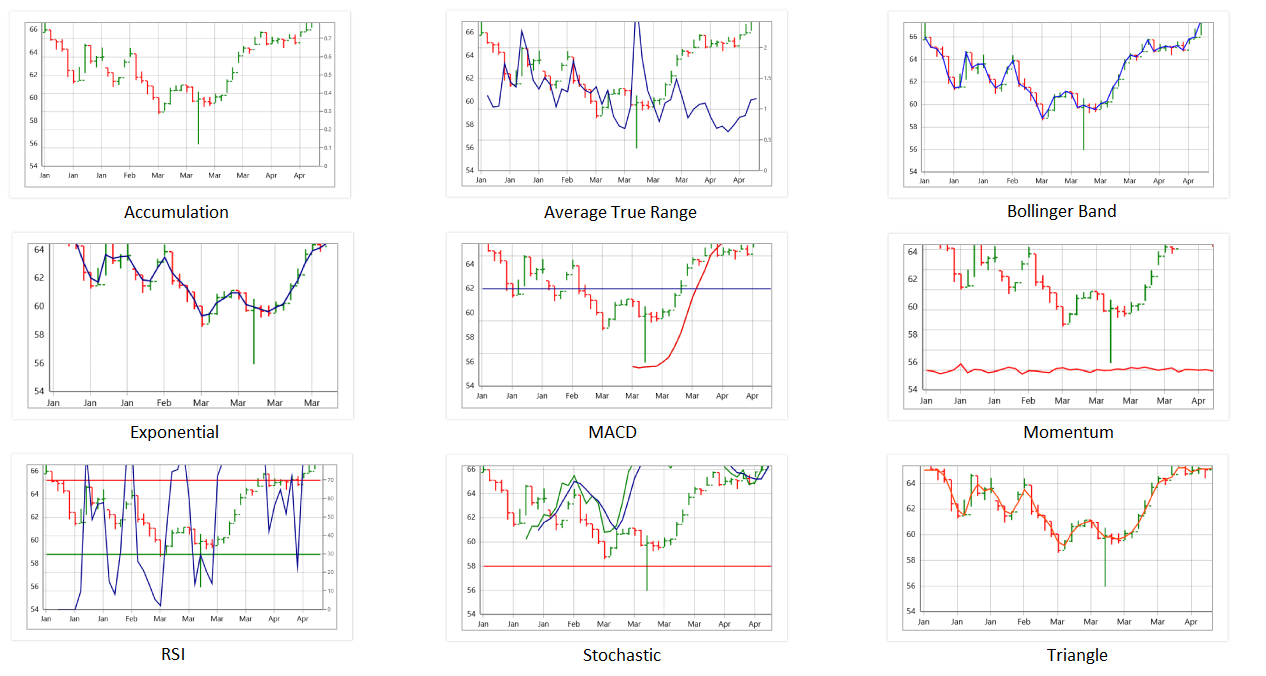
There’s built-in support for rendering linear, exponential, logarithmic, power, and polynomial trendlines.
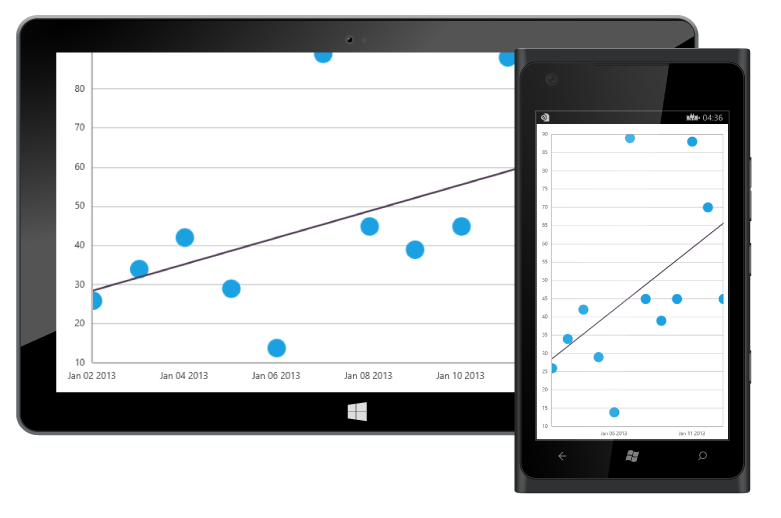
Data points with similar categories can be grouped and aggregated using aggregate functions.
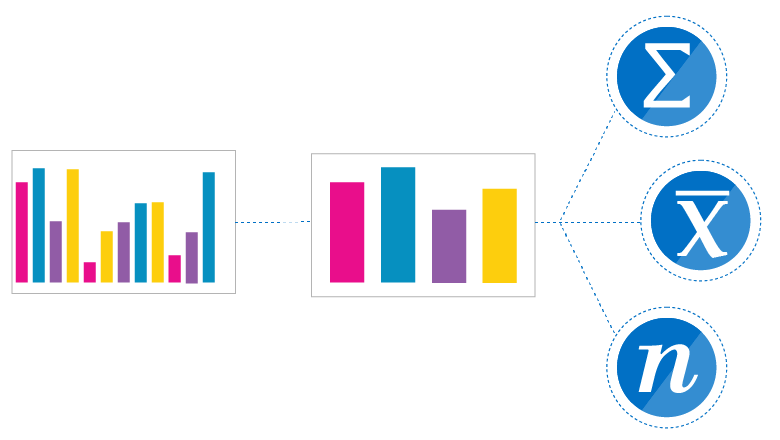
Any static text in the chart can be localized to any desired language.

Chart provides more than 10 built-in palettes. Custom palettes can also be created as needed.
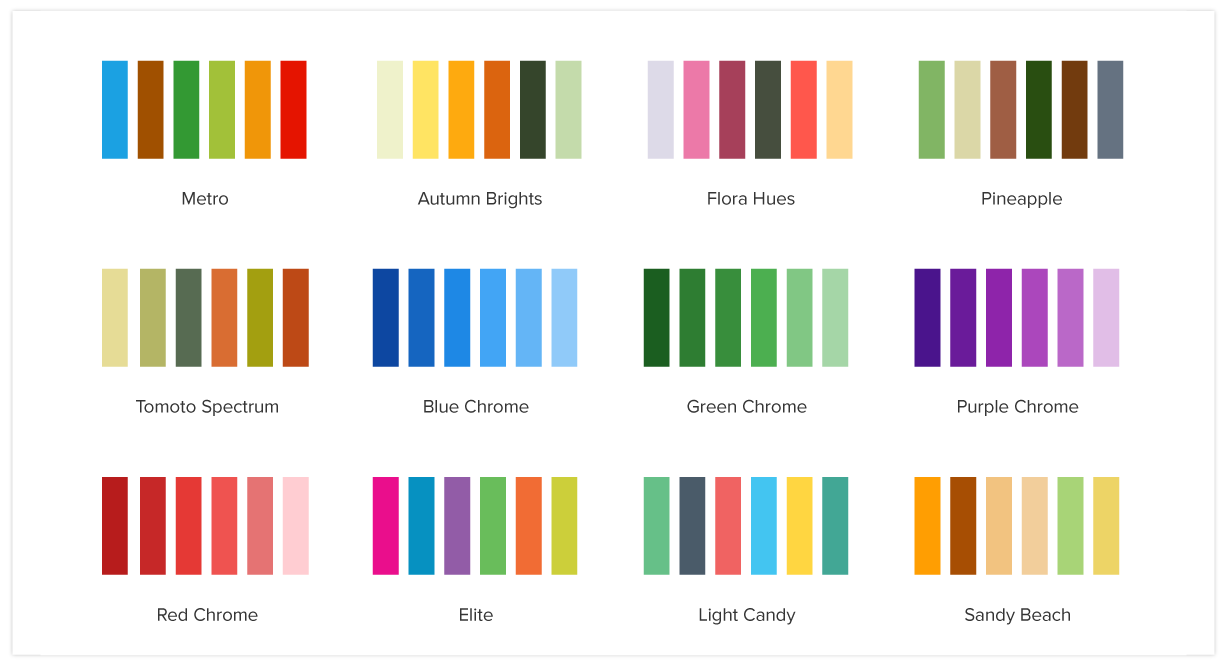

Watermarks are commonly used for displaying confidential and copyright information.

The chart can be printed and also exported into image formats like JPEG, BMP, PNG, TIFF, and XPS.


 Documentation
Documentation
Greatness—it’s one thing to say you have it, but it means more when others recognize it. Syncfusion is proud to hold the following industry awards.